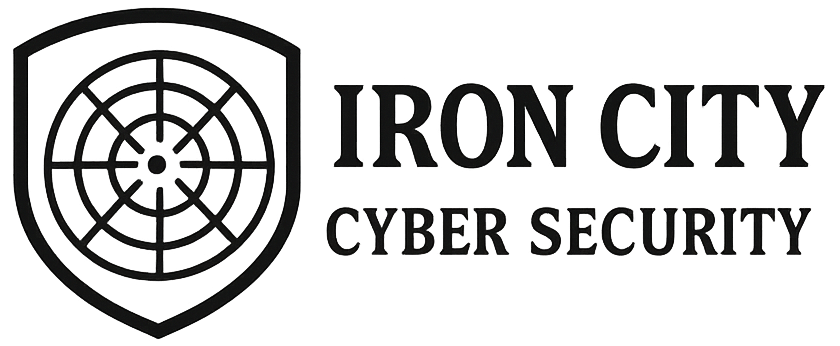
Dynamic Application Security Testing (DAST) is a critical component of any AppSec program — but for many organizations, it’s stuck at a basic level: a scan or two during release, and a PDF report no one reads. To get real value, DAST must evolve into a program that is integrated, automated, risk-aligned, and actionable.
A DAST Maturity Model helps teams assess where they are and plan a clear path forward.
DAST Maturity Model: The 5 Stages
Level 1: Ad Hoc
“We ran a scan once. It found some stuff.”
- No defined process
- Manual scans run sporadically
- Scans often incomplete or fail authentication
- No consistent ownership or reporting
Risks: Missed vulnerabilities, high false positives, low developer engagement
Goal: Establish consistent scanning and ownership
Level 2: Tool-Centric
“We scan regularly, but the tool drives the process.”
- Regular scans using tools like Qualys WAS or Tenable WAS
- Authentication often works, but issues persist (e.g., APIs, SPAs)
- Reports are generated but not always reviewed
- Developers receive PDF reports or spreadsheets
Risks: Results may not drive action. Integration is minimal.
Goal: Improve scan coverage and reporting clarity
Level 3: Process-Aware
“We’ve built repeatable processes and started tuning results.”
- Scans are scheduled and scoped consistently
- Auth flows are automated via Postman or Selenium
- Reporting is structured and integrated (e.g., ticketing systems)
- Tuning reduces false positives; developers trust findings
Strengths: Emerging collaboration between AppSec and dev teams
Goal: Align DAST with broader AppSec and dev workflows
Level 4: DevSecOps Integrated
“DAST is part of the pipeline.”
- Scans triggered automatically by CI/CD events
- Pre-prod environments include full scan coverage
- Findings feed directly into backlog management tools (e.g., Jira)
- Risk scoring, SLA tracking, and remediation metrics are in place
Benefits: Faster feedback, higher fix rates, fewer regressions
Goal: Shift security left without disrupting development velocity
Level 5: Risk-Aligned & Optimized
“We prioritize what matters, and we can prove it.”
- DAST is tied to asset criticality and threat models
- Vulnerabilities are prioritized using risk scores (e.g., TruRisk, exploitability context)
- Scans cover UI, APIs, and microservices
- Leadership sees clear metrics: time-to-remediate, coverage %, risk reduction
Benefits: High trust in security outcomes, lower exposure, regulatory confidence
Goal: Optimize and continually refine your DAST program
Using the Model: Where Are You Now?
Use this model as a self-assessment. Ask yourself:
- Are we running scans or running a program?
- Are we pushing PDFs or delivering prioritized risk insights?
- Do devs act on findings? Do leaders understand the value?
Even moving from Level 2 to Level 3 can create immediate gains in efficiency, clarity, and security outcomes.
It’s Time to Modernize
DAST isn’t just about catching bugs — it’s about improving application security posture continuously and measurably. Whether you’re using Qualys WAS, Tenable WAS, or another platform, maturing your DAST approach unlocks better ROI, faster remediation, and stronger alignment with modern development.
Need help assessing or leveling up your DAST program?
At Iron City Cyber, we specialize in building, tuning, and scaling dynamic testing programs that work — for security, for developers, and for business leaders.
Contact us today to learn more.
